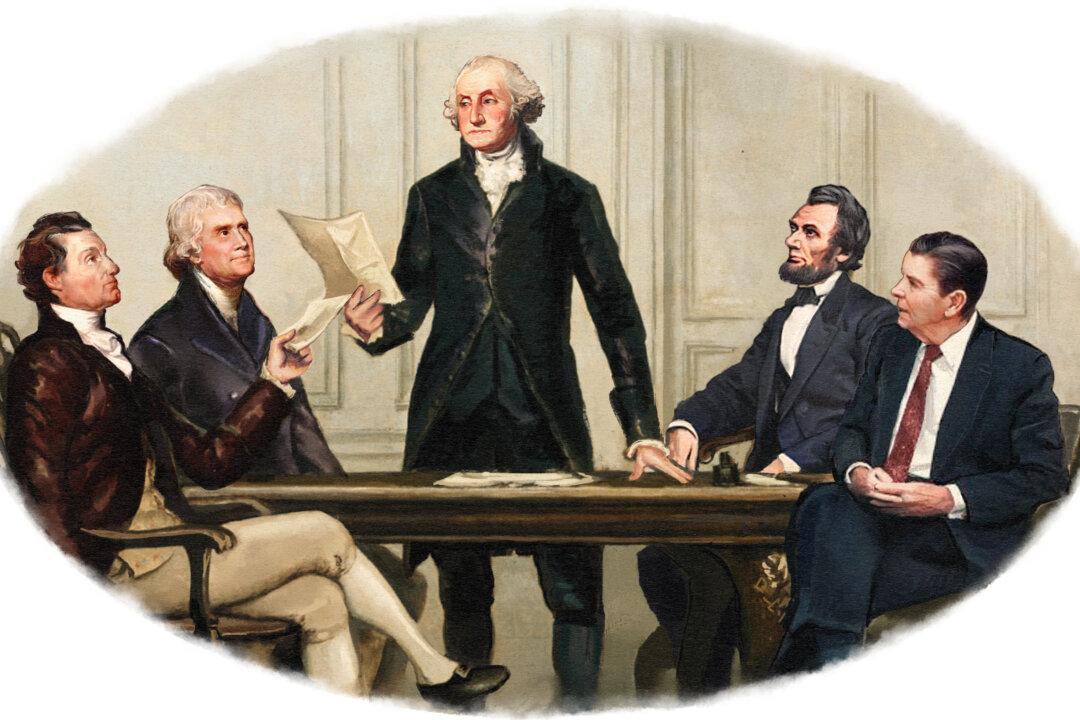When an American president speaks, it is heard around the world. Their words of wisdom are just as applicable to our everyday conversations.
Be Open-Minded
When he said, “I don’t like that man. I must get to know him better,” Abraham Lincoln understood that one’s instinctive dislike of someone might have been formed in ignorance. In actually conversing, you might discover a good friend.Uplift and Inspire
James Monroe believed, “A little flattery will support a man through great fatigue.” Start conversations with a compliment, particularly when you are meeting someone new; this goes a long way in diffusing any conversational tension or apprehension the other person may have.Silent Messages
Long before the term “body language” was coined, George Washington understood the importance of mannerisms in conveying information: “Let your countenance be pleasant but in serious matters somewhat grave.” Make sure your facial expressions, body posture, and gestures are appropriate to the topic under discussion.Keep a Clear Head
Stay calm; this is key to accurately reading and interpreting both verbal and nonverbal communication and understanding what the person is really saying. As Thomas Jefferson advised, “When angry, count to 10 before you speak; if very angry, a hundred.”Heart of the Matter
The content of your words, conveyed with sincerity and integrity, matters more than any particular technique. Take it from Ronald Reagan, “the Great Communicator,” who said: “I wasn’t a great communicator, but I communicated great things, and they didn’t spring full bloom from my brow—they came from the heart of a great nation.”This article was originally published in American Essence magazine.





